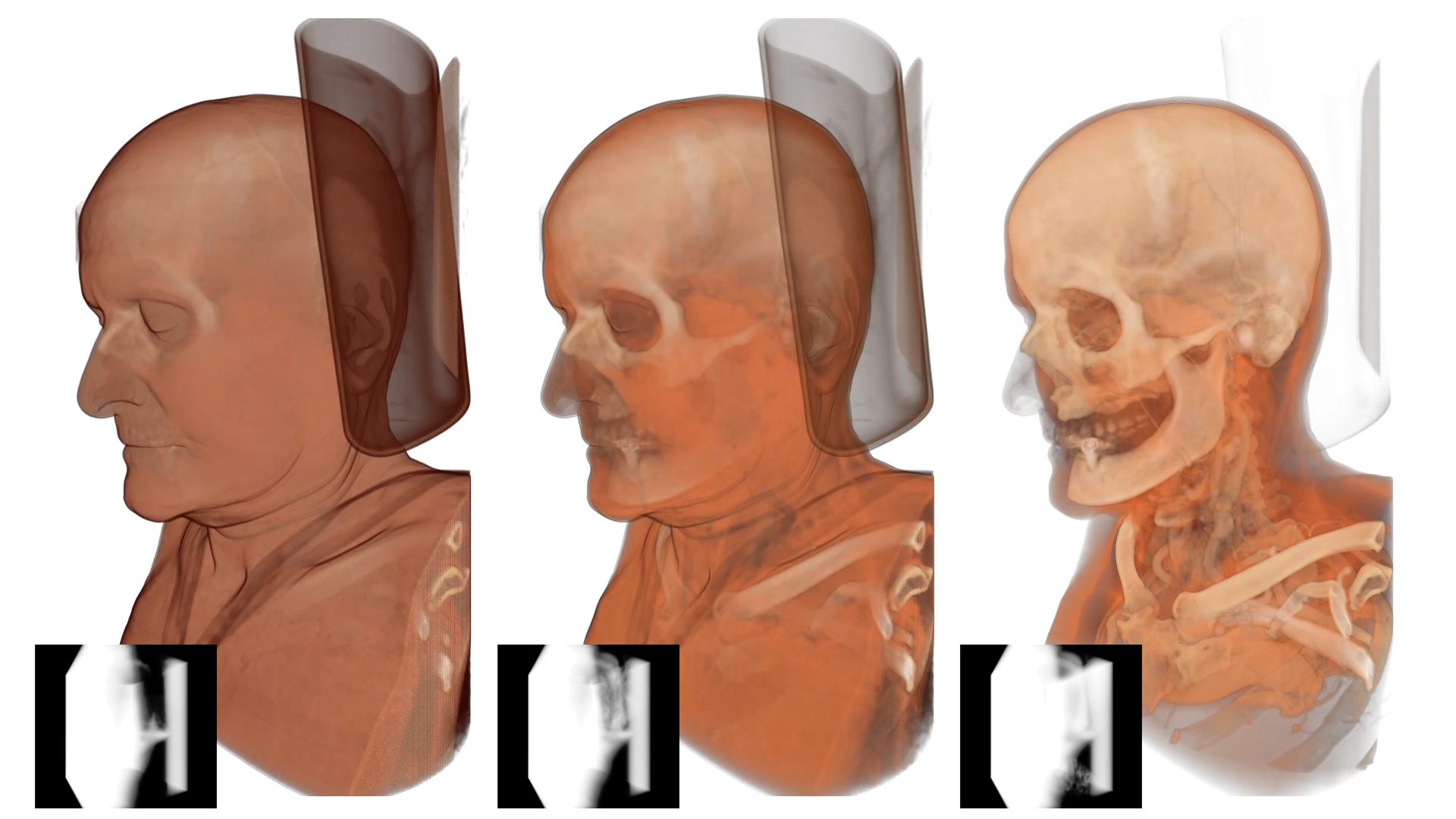Accelerating Transfer Function Update for Distance Map based Volume Rendering
Michael Rauter - University of Applied Sciences Wiener Neustadt, Wiener Neustadt, Austria
Lukas Zimmermann - Medical University of Vienna, Vienna, Austria
Markus Zeilinger - University of Applied Sciences Wiener Neustadt, Wiener Neustadt, Austria
Screen-reader Accessible PDF
Download preprint PDF
Download Supplemental Material
Room: Bayshore VI
2024-10-16T16:00:00ZGMT-0600Change your timezone on the schedule page
2024-10-16T16:00:00Z

Fast forward
Full Video
Keywords
Computing methodologies—Computer graphics—Rendering, Theory of computation—Design and analysis of algorithms—Data structures design and analysis.
Abstract
Direct volume rendering using ray-casting is widely used in practice. By using GPUs and applying acceleration techniques as empty space skipping, high frame rates are possible on modern hardware.This enables performance-critical use-cases such as virtual reality volume rendering. The currently fastest known technique uses volumetric distance maps to skip empty sections of the volume during ray-casting but requires the distance map to be updated per transfer function change. In this paper, we demonstrate a technique for subdividing the volume intensity range into partitions and deriving what we call partitioned distance maps. These can be used to accelerate the distance map computation for a newly changed transfer function by a factor up to 30. This allows the currently fastest known empty space skipping approach to be used while maintaining high frame rates even when the transfer function is changed frequently.